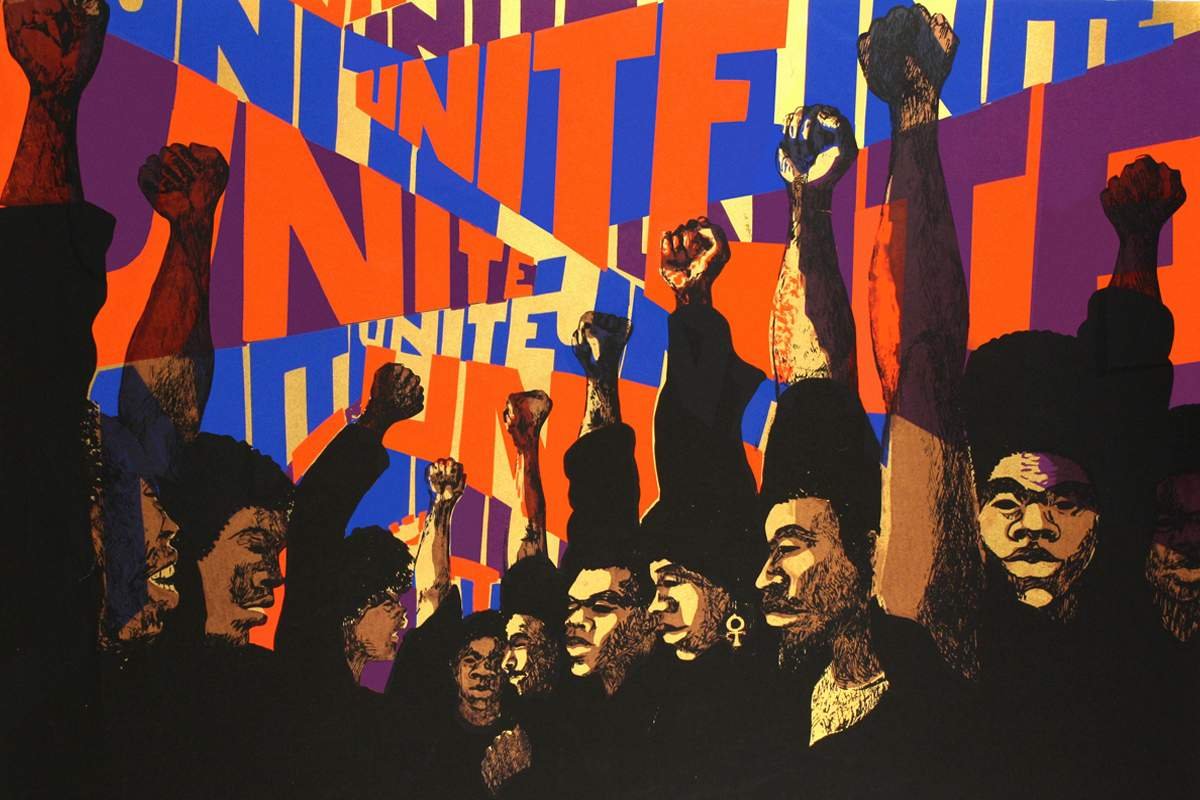what is black art movement?
The Black Art Movement, also known as the Black Arts Movement (BAM), emerged during the 1960s and 1970s as a powerful cultural and artistic revolution within the African American community. Rooted in the broader context of the civil rights and Black Power movements, the Black Art Movement sought to redefine and reclaim the narrative of Black identity through various artistic expressions. This period marked a significant turning point in American art history, as Black artists challenged traditional norms, explored their heritage, and engaged in social and political commentary through their creative works.
Historical Context:
The Black Art Movement unfolded against the backdrop of the civil rights struggle, with artists responding to the pervasive racial inequality and systemic oppression faced by African Americans. The assassination of prominent leaders like Malcolm X and Martin Luther King Jr. and the ongoing fight for civil rights fueled a sense of urgency among Black artists to use their talents as a means of resistance and empowerment.
Key Objectives:
Cultural Empowerment: Central to the Black Art Movement was the idea of cultural empowerment. Artists sought to celebrate and embrace African heritage, challenging Eurocentric standards that dominated the art world. This involved a rejection of assimilation and a conscious effort to create art that reflected the distinct experiences and perspectives of the Black community.
Political Activism: Black artists used their work as a tool for political activism. Their creations became a form of resistance against systemic racism, police brutality, and social injustice. The art was a call to action, urging the Black community to stand united in the face of adversity and demand change.
Redefined Aesthetics: Traditional artistic forms and mediums were redefined during the Black Arts Movement. Artists experimented with new styles, techniques, and subjects that challenged the dominant cultural narrative. The movement embraced a wide range of artistic expressions, including visual arts, literature, music, and performance, creating a multidisciplinary approach to cultural expression.
Prominent Figures:
Amiri Baraka: A key figure in the Black Arts Movement, Amiri Baraka (formerly known as LeRoi Jones) was a poet, playwright, and political activist. His work, such as the play "Dutchman," addressed the complexities of race relations in America and became a seminal piece within the movement.
Faith Ringgold: Renowned for her narrative quilts and activism, Faith Ringgold used her art to explore issues of race, gender, and identity. Her work, such as "Who's Afraid of Aunt Jemima?" challenged stereotypes and contributed to the reclamation of Black narratives.
Legacy:
The impact of the Black Art Movement is enduring, as it laid the groundwork for future generations of Black artists. Its influence can be seen in contemporary art that continues to grapple with themes of identity, activism, and cultural celebration. The movement demonstrated the power of art as a catalyst for social change and remains a testament to the resilience and creativity of the African American community.
Conclusion:
The Black Art Movement emerged as a dynamic and transformative force within American cultural history, challenging the status quo and empowering Black artists to redefine their narratives. Through a fusion of art and activism, the movement not only created a platform for cultural expression but also played a pivotal role in shaping the broader discourse on race, identity, and social justice in the United States.

